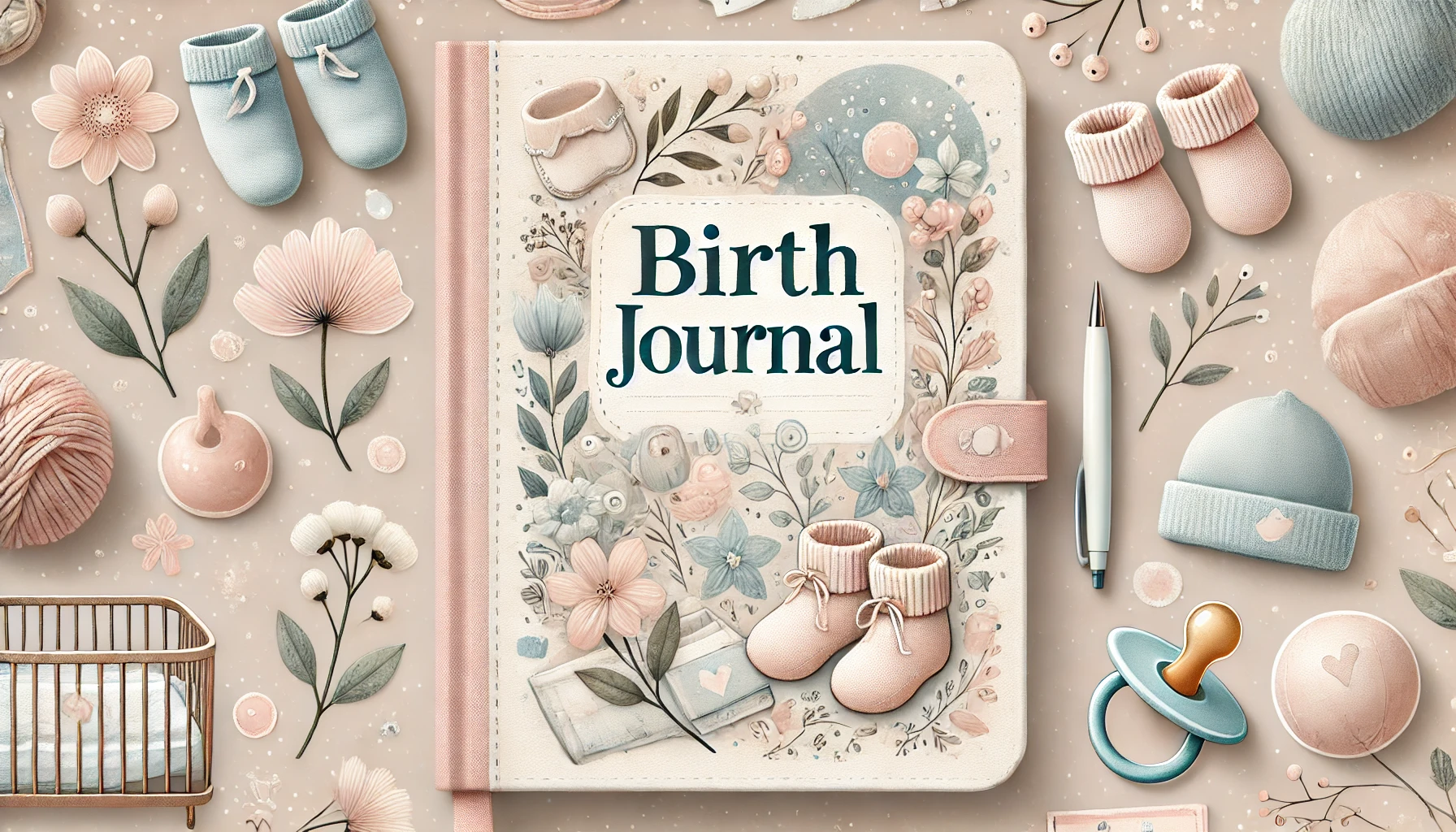A birth journal allows parents, particularly mothers, to chronicle their unique birth story.
A birth journal is a deeply personal record that captures the transformative experience of pregnancy, labor, and birth. It serves as a detailed and intimate reflection of the journey into parenthood, offering space to document thoughts, emotions, milestones, and challenges from the moment of conception through the postpartum period. For many, a birth journal becomes a cherished keepsake that honors the powerful emotions and unforgettable moments of bringing a new life into the world.
What to Include in a Birth Journal
1. Pregnancy Milestones:
Record significant moments throughout pregnancy, such as the first ultrasound, the baby's first kick, and emotional experiences during each trimester.
2. Preparations for Birth:
Document preparations for the big day, including setting up the nursery, attending prenatal classes, packing a hospital bag, and writing a birth plan.
3. Labor and Delivery:
Capture the details of labor and delivery, from the onset of contractions to the birth of the baby. Include descriptions of the birth environment, the support team, and the emotions felt during various stages of labor.
4. Birth Story:
Write a detailed account of the birth itself, noting the time, place, medical interventions (if any), and your reflections on the entire process. This narrative can be deeply meaningful and help process the physical and emotional aspects of birth.
5. Postpartum Reflections:
Reflect on the first moments and days with the newborn, including feelings of joy, exhaustion, and the adjustment to life with a new baby. Include thoughts on the recovery process, bonding experiences, and first milestones.
6. Emotions and Feelings:
Use the journal as a place to explore the emotions that arise during pregnancy, birth, and postpartum. Write about any fears, anxieties, hopes, and dreams you have for your child.
7. Photos and Mementos:
Many people choose to include photos, ultrasound images, or small keepsakes like hospital wristbands to create a visual memory along with the written narrative.
